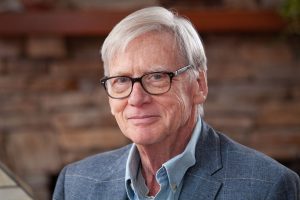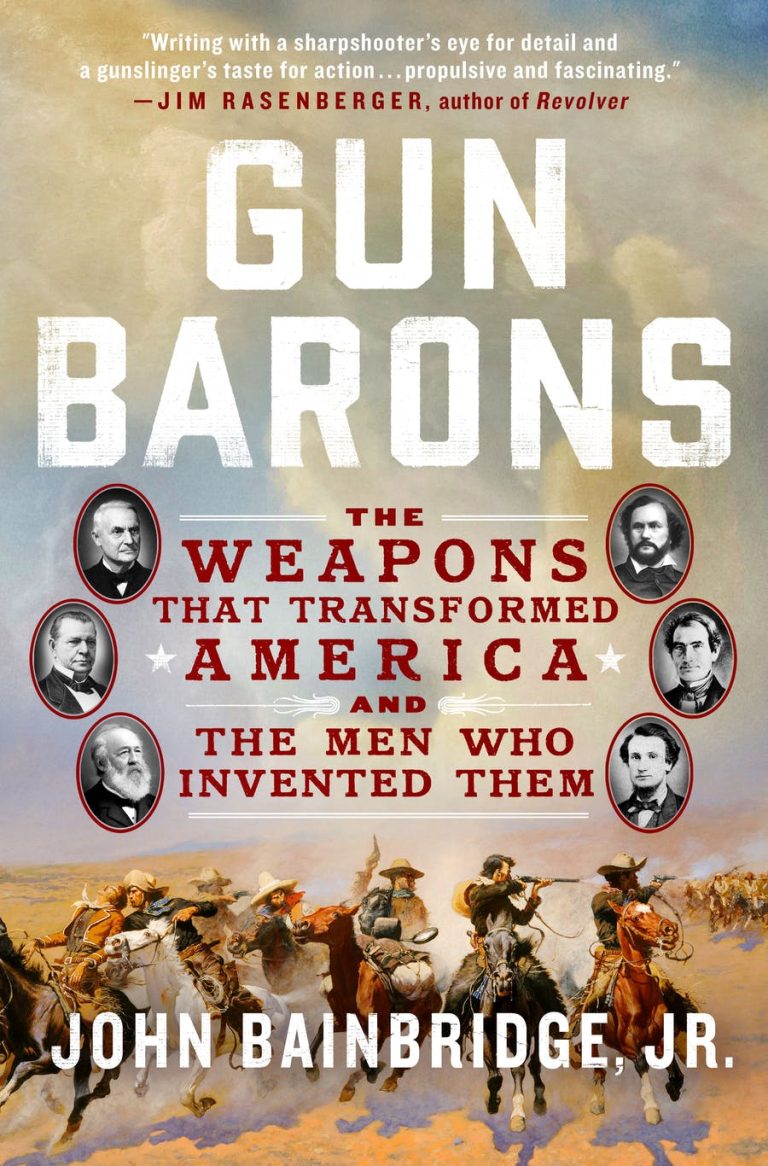About
 Guns have had an allure for me since boyhood, when my father, a most gentle man by nature, taught me how to shoot a small-caliber rifle at the edge of the woods behind our Connecticut home. The elder John Bainbridge, who had captained ships in the Pacific during World War II, was no fan of firearms, but he had given me the gun (always kept locked away) and tolerated my budding interest while channeling it in a safe direction. Together he and I used my little rifle to send bullets into targets and knock tin cans off tree stumps.
Guns have had an allure for me since boyhood, when my father, a most gentle man by nature, taught me how to shoot a small-caliber rifle at the edge of the woods behind our Connecticut home. The elder John Bainbridge, who had captained ships in the Pacific during World War II, was no fan of firearms, but he had given me the gun (always kept locked away) and tolerated my budding interest while channeling it in a safe direction. Together he and I used my little rifle to send bullets into targets and knock tin cans off tree stumps.
My interest in firearms grew when I inherited a Civil-War-era military rifle in my early teens. While I appreciate their mechanical wonder, I find no glory in their mere existence and am clear-headed about their sometimes-unsavory part in the country’s history. Yet the allure remains, as does my passion for learning about eras now long gone.
Before co-authoring American Gunfight: The Plot to Kill Harry Truman and the Shoot-out that Stopped It with best-selling novelist and Pulitzer Prize-winning film critic Stephen Hunter, my professional life had nothing to do with guns. For many years I was a reporter for The Baltimore Sun, writing obituaries, police news, and feature stories, including covering (so to speak) a local nudist convention. Eventually I settled on reporting legal news for The Sun, which I enjoyed so thoroughly that I went to law school at night while working at the paper during the day. Getting my J.D. degree inspired me to leave journalism and become a litigator at a large law firm in Baltimore and then switch to the public sector, where I became an Assistant Maryland Attorney General arguing criminal cases in the state’s appellate courts.
For several years I moved between law and journalism, including working as a law clerk for judges on Maryland’s highest court, a litigator in another Baltimore-area law firm, and Legal Affairs Editor at The [Maryland] Daily Record. I produced a number of articles for legal periodicals but didn’t confine my writing to law. Among my freelance pieces are three for Smithsonian magazine: one on dart-poison frogs, one on leatherback sea turtles, and one on the former prison islands off the coast of French Guiana, among them the infamous Devil’s Island. For Audubon magazine I spent five weeks on a tiny, remote island far off Venezuela that resulted in an article about protecting a nesting area for green sea turtles.
My interest in historical research in general led me to spend three years working on American Gunfight, which one critic labelled “The definitive history of the attempted murder of Harry S. Truman…. Truman’s near-killing is a good subject for many reasons, including its disappearance into the black hole of our amnesia…. Hooked, the reader begins a journey that weaves…across the lives of all protagonists, pulled by fate toward the bloody confrontation.” Another wrote, “Hunter and Bainbridge’s handling of the recorded events is not only convincing but compelling.” As part of my research, I interviewed participants in the shoot-out and studied the pistols the two would-be assassins fired in their attempt to kill Truman as well as the snub-nosed revolver a Secret Service agent used to bring down one of them. Knowledge of firearms was a benefit there.
After American Gunfight was published, I knew I had to keep going, to research something else that would interest both me and the general public, so I returned to the familiar ground of old American guns. From the moment I began seriously exploring the history of these objects, I noticed the appearance of so many different firearms in a brief period in the nineteenth century. That piqued my interest in the men behind the famous brand names and how they came to be doing similar things during the same slim slice of history. In pursuit of answers, I visited archives from New England and Maryland to Wyoming, conferring with firearms experts who devoted their lives to understanding their subjects along the way. I hope that what I came up with will add to the general body of knowledge and not just enhance the expertise of those who, like me, harbor fascination with obsolete American weaponry and the eras of which they were a part. The more we learn about our history from various viewpoints, the more we can appreciate the nation we inhabit, for the stories of the gun barons and their wares are our story, too.
It has been a quarter-century since I stepped into a courtroom on behalf of a public or private client, and I don’t expect to return. However, my interest in law endures, as does my fondness for written communication. I am a member of the Author’s Guild, the American Society of Journalists and Authors, and the Publications Committee of the Maryland Center for History and Culture. My home is in the countryside near Butler, Maryland.
